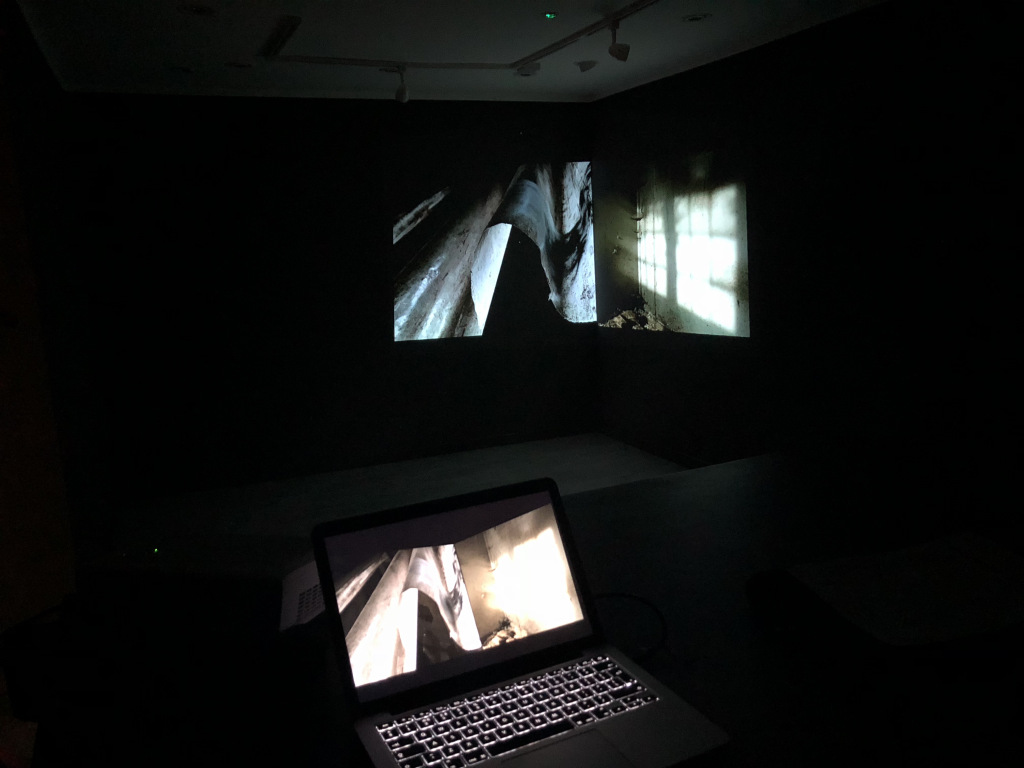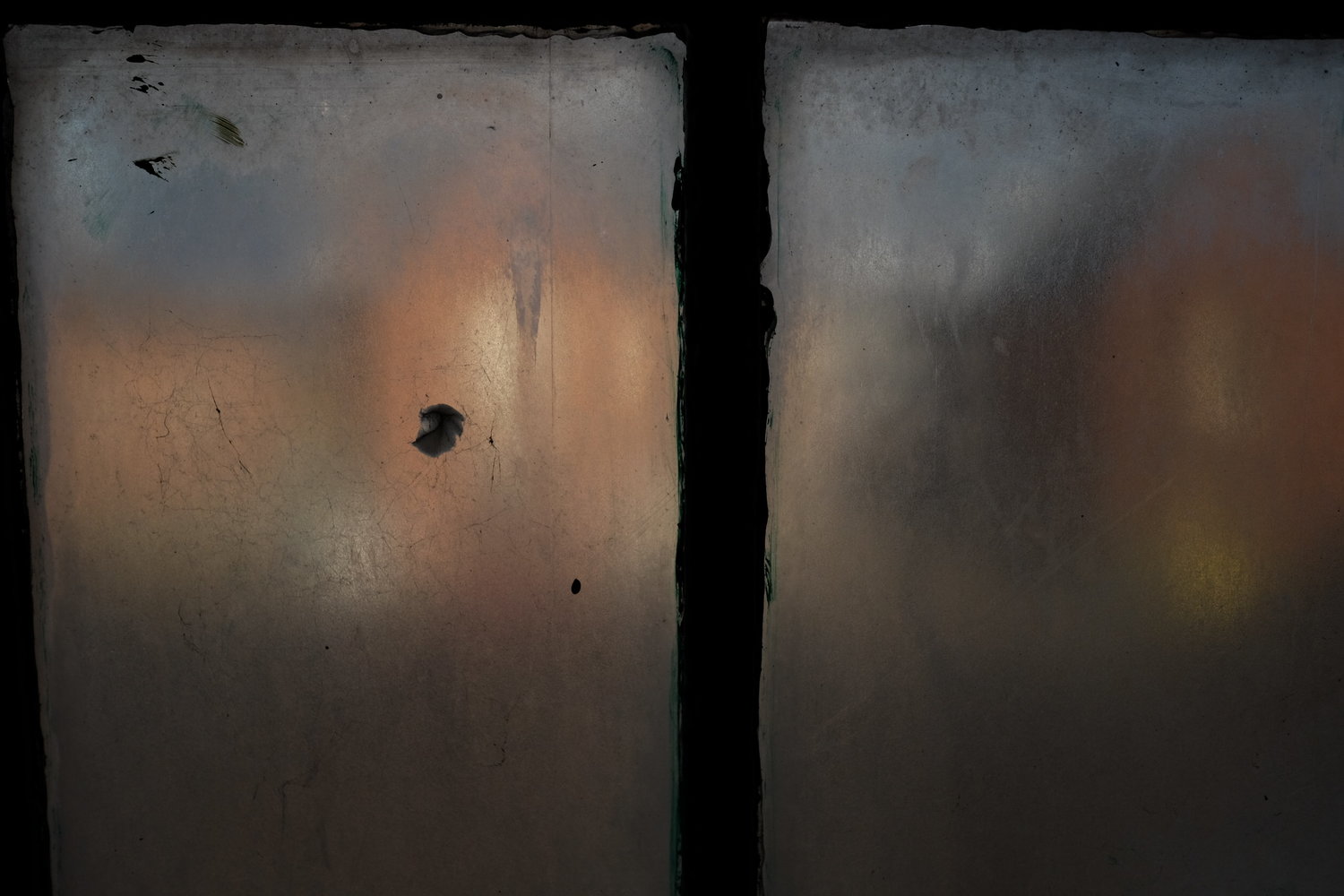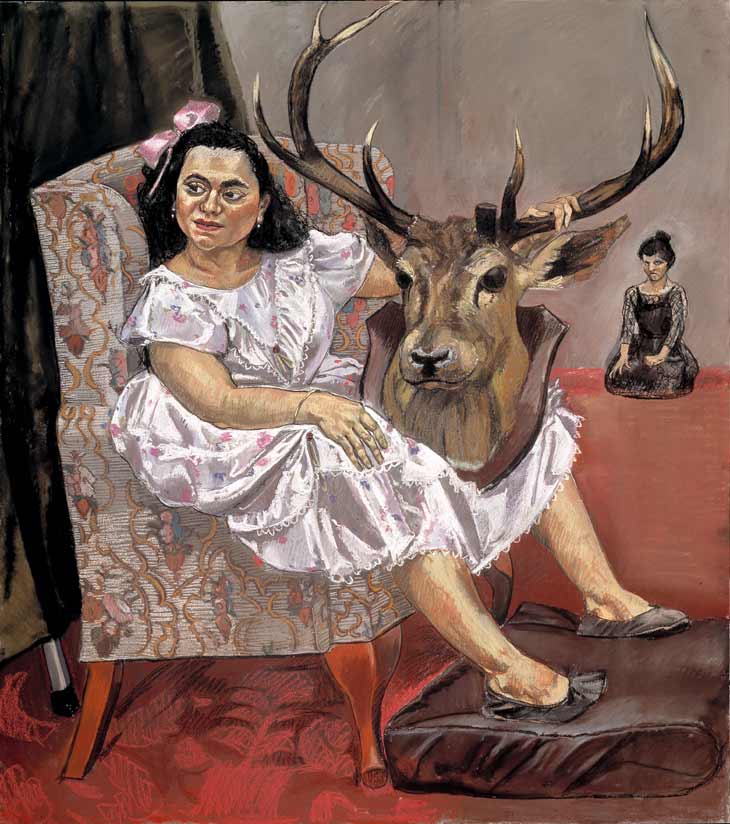‘If we turn concrete to dust, where do those memories go?’ – Christopher Beanland
‘Birmingham Dust’ captures a city changing, physically and culturally, amidst rapid regeneration. As part of Philip Singleton’s larger ‘Pause Project’, this exhibition presents the artist’s photographic interventions across twelve sites in Birmingham, ahead of their demolition or redevelopment. Through printed photographs, a projected film and an installation of concrete tablets, Philip Singleton preserves those places where dust has settled, before they disappear.
An architect-turned artist, Philip Singleton began the ‘Pause Project’ by taking photographic images of Edgbaston House, left empty, in 2016. He was struck by the discarded objects – food, tables, pictures, signs, even a suitcase – recognising them as signifiers of a peoples’ lives and memories. His series of photographic prints explore uninhabited urban sites, including the Roundhouse, Municipal Bank and Birmingham’s Conservatoire.

Uncanny images, such as ‘Gilders’ Yard – Looking Through’, suggest mystery in the mundane, with multiple doors left curiously ajar. Other photographs display dust, the signifier of time passing, as it settles and shrouds spaces, including empty chairs.
“Architecture is shaped by us and it shapes us; its ever-presence steers, aligns, contains and shelters us; we commission it, use it, destroy it. We subconsciously dwell in the vernacular and delight at the spectacular” – Philip Singleton.
Alongside the photographs is an installation of 21 unique concrete tablets, onto which the artist has transferred decal prints. He is amongst several contemporary artists, including Anselm Kiefer, Rachel Whiteread and Stefano Canto, to exploit the association between architecture, concrete, construction and memorials.
 The tablets appear as archaeological exhibits, and each solid slab is textured with indentations and imperfections, its lunar-like patina perceptible through and in the space surrounding the photograph. These permanent concrete casts, which will grow harder over time, preserve the fragile prints of places soon to be lost, becoming mausoleums of memory. The connotations are clear: Philip Singleton has re-created the tangible from dust. In doing so, he demonstrates the human need for and insistence on remembrance.
The tablets appear as archaeological exhibits, and each solid slab is textured with indentations and imperfections, its lunar-like patina perceptible through and in the space surrounding the photograph. These permanent concrete casts, which will grow harder over time, preserve the fragile prints of places soon to be lost, becoming mausoleums of memory. The connotations are clear: Philip Singleton has re-created the tangible from dust. In doing so, he demonstrates the human need for and insistence on remembrance.
At the same time, this installation has a staged, almost theatrical quality to it, raising questions about the stories and memories on show. Etched onto the surface of these concrete slabs are images of the past. But who have these snapshots been collected for? And are these memories malleable?
“I use dust as a theme because it evokes the passing of time and neglect – it also shrouds but invites marks and traces of human movement, like fingerprints. Photography is a kind of imprint; light is shed onto an object then captured onto the camera’s sensor and that moment is caught” – Philip Singleton.
The exhibition’s third component is a projection which casts a series of paired photographs of vacant buildings onto the gallery wall. This is my favourite part of the show. As each set of images are paused, silently, the eye is drawn to shafts of natural light, which illuminate aspects of the architecture. The film requests a meditative, reflective response. Within the space, a solitary coat hanger or empty duo of chairs mark moments of humanity, the objects acting as vessels of memory. The transience is transfixing, celebrating the nuances of life.
There is also something symbolic about the projection of photographs onto the temporary gallery space. Constantly changing and converted, with each new exhibition, galleries are a in a state of flux, accumulating memories. And Argentea Gallery, once a button factory, was recently redeveloped into a gallery as part of the city’s narrative of change.

On the surface ‘Birmingham Dust’ shares a city’s collective history, locating memories in empty architectural space and abandoned objects. Philip Singleton makes it easy to accept the photograph as a presentation of reality, highlighting its role in archiving actual, past realities. At the same time, he brings his own experiences – as a resident and architect of the city – to his ongoing ‘Pause Project’.
Having spent hours alone in each of the twelve buildings, the exhibition displays a collection of personal observations, intimate encounters and poignant moments in the urban spaces. Far from objective documentation, each image is endowed with voyeuristic undertones. Are these illusory recollections or attributional memories?
As the dust settles, Philip Singleton’s photography creates a space for stories around the objects and architecture which he has uncovered. He leaves it for the viewer, and human imagination, to bring back to life the city’s past, paused in print.
Philip Singleton will complete his MA at the Falmouth Institute of Photography in 2018. His ‘Pause Project’ is ongoing as the city of Birmingham continually changes. To find out more about his practice, you can visit his website here


